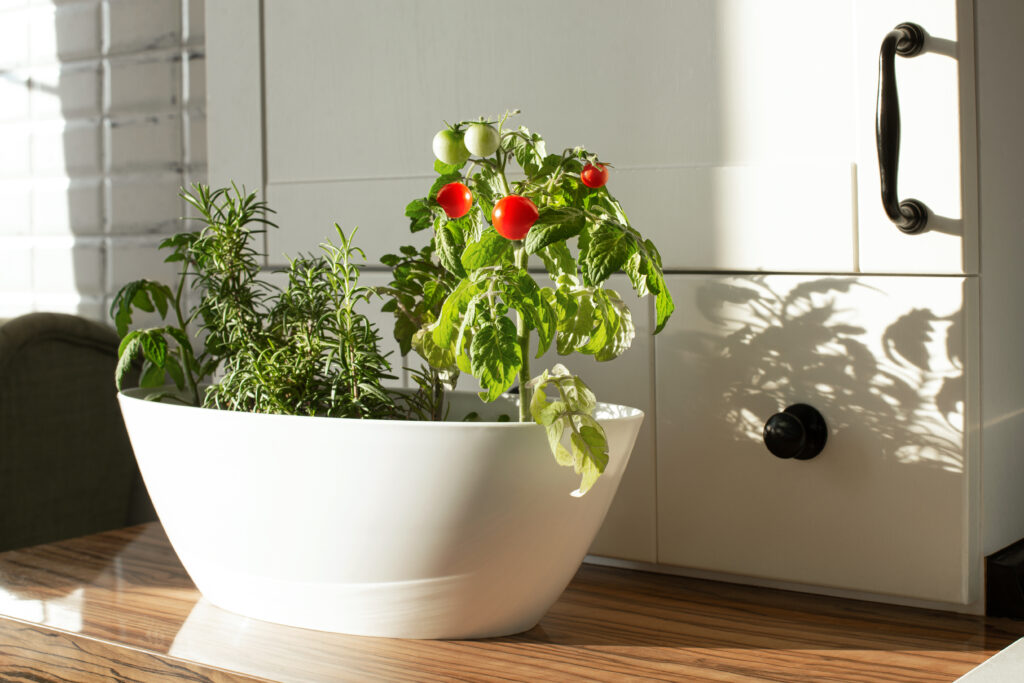Transform your kitchen into a vibrant culinary haven with a DIY indoor herb garden! Not only will fresh herbs elevate your cooking, but they’ll also add a touch of natural beauty to your space. Whether you’re a seasoned gardener or just starting, this guide will help you create the perfect indoor herb garden that’s both functional and aesthetically pleasing.
Why Start an Indoor Herb Garden?
Fresh herbs can transform ordinary dishes into extraordinary culinary experiences. Growing your own herbs indoors offers numerous benefits beyond just having fresh ingredients at your fingertips. Indoor herb gardens help purify the air, reduce grocery costs, and provide year-round access to fresh flavors. Plus, there’s something incredibly satisfying about harvesting herbs you’ve grown yourself!
Choosing the Perfect Location
Success starts with location. Most herbs need:
- 6-8 hours of direct sunlight daily
- Good air circulation
- Temperatures between 65-70°F (18-21°C)
- Protection from drafts and heat sources
South or southwest-facing windows typically provide ideal conditions. If natural light is limited, consider supplementing with grow lights to ensure your herbs thrive year-round.
Creative Container Ideas
Let your imagination run wild with container choices that match your kitchen’s style:
1. Mason Jar Herb Garden
Transform ordinary mason jars into charming herb planters. Paint them in coordinating colors or leave them clear for a minimalist look. Ensure proper drainage by adding a layer of pebbles at the bottom.
2. Vertical Pallet Garden
Repurpose an old wooden pallet into a space-saving vertical garden. Sand it down, add a fresh coat of paint, and attach small containers or pouches for your herbs. This works particularly well for smaller kitchens.
3. Hanging Window Garden
Maximize window space with hanging planters. Use macramé holders or install a tension rod to suspend small pots, creating a beautiful cascade of greenery.

Essential Materials
Gather these supplies before starting:
- Well-draining containers with drainage holes
- High-quality potting soil specifically for herbs
- Organic herb seeds or seedlings
- Pebbles or broken pottery for drainage
- Plant markers
- Watering can with a gentle spray
- Optional: grow lights, humidity tray
Top Design Tips for a Pinterest-Worthy Herb Garden
1. Create Visual Interest
Vary the heights and textures of your containers. Combine tall herbs like rosemary with trailing ones like thyme to create dynamic visual interest.
2. Coordinate Colors
Choose a color scheme that complements your kitchen. Consistency creates a cohesive look, whether it’s rustic terracotta, sleek white ceramics, or colorful recycled containers.
3. Add Personal Touches
Include creative plant markers, decorative stones, or small garden figurines to make your herb garden unique and personalized.
Maintenance Made Easy
Successful herb gardens require consistent care:
- Water when the top inch of soil feels dry
- Rotate containers weekly for even growth
- Prune regularly to encourage bushier growth
- Feed with organic fertilizer monthly during the growing season
- Check for pests weekly
Troubleshooting Common Issues
Even experienced gardeners face challenges. Here are solutions to common problems:
Yellowing Leaves
Usually, it indicates overwatering or poor drainage. Ensure containers have drainage holes and allow soil to dry between waterings.
Leggy Growth
Insufficient light is typically the culprit. Move plants closer to windows or supplement with grow lights.
Pest Problems
Inspect plants regularly and treat them with neem oil or insecticidal soap at the first sign of pests.
Beyond Basic Herbs
Once you’ve mastered common herbs like basil and parsley, experiment with unique varieties:
- Purple basil for visual interest
- Lemon thyme for citrusy notes
- Thai basil for Asian cuisine
- Chocolate mint for desserts
- French tarragon for gourmet dishes
Maximizing Your Harvest
Regular harvesting encourages growth and prevents herbs from becoming woody. Here’s how to do it right:
- Cut stems just above a leaf node
- Never remove more than 1/3 of the plant at once
- Harvest in the morning for the best flavor
- Use clean, sharp scissors to prevent damage
Creating a DIY indoor herb garden is a rewarding project that brings your kitchen life, flavor, and beauty. Start small with a few favorite herbs, then expand as you gain confidence. Even experienced gardeners face challenges, so don’t be discouraged by initial setbacks. With proper planning, care, and creativity, you’ll soon have a thriving indoor herb garden that’s beautiful and functional.
By following these guidelines and adding your personal touch, you’ll create an Instagram-worthy indoor herb garden that provides fresh flavors all year round. Happy gardening!




